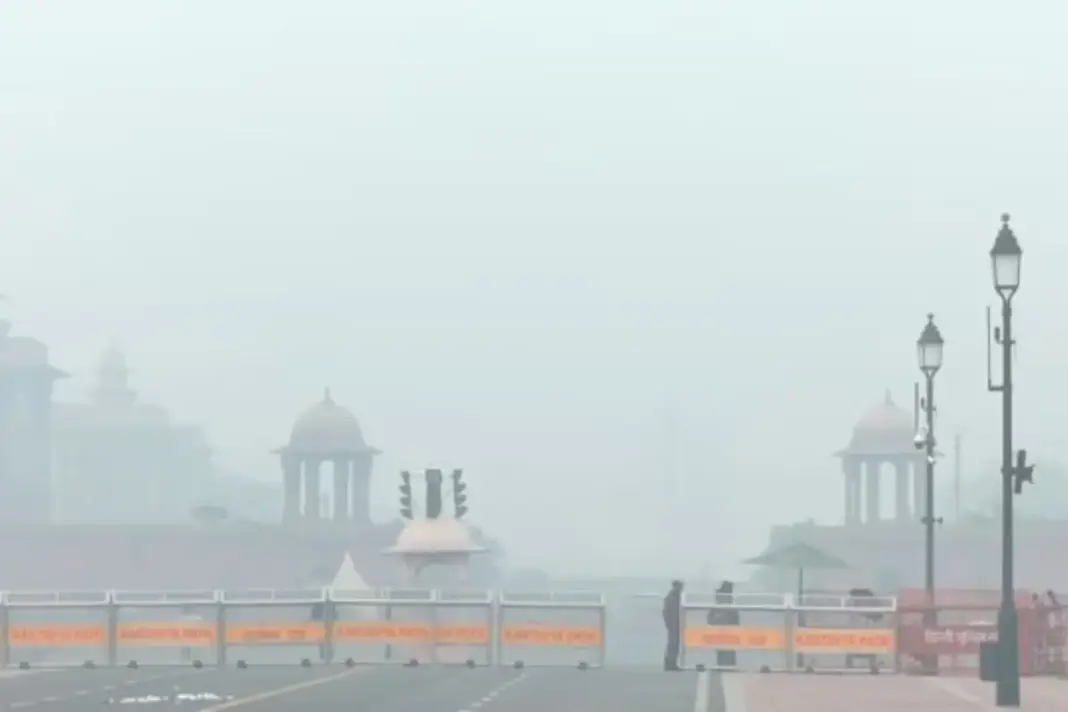Delhi AQI: On October 24, 2025, in New Delhi, the lights from Diwali are no longer shining, but there is a poisonous haze in the air in New Delhi. New information from the Central Pollution Control Board (CPCB) shows that the main toxins changed after Diwali. They went from ozone and carbon monoxide to PM2.5 and PM10.
Before Diwali, the ozone layer was thick
It was mostly ozone (O₀) and carbon monoxide (CO) that made Delhi dirty in October. Particulate levels were lower because of sunshine, light rain, and mild winds. Twelve days in October (1–19), ozone was the main pollutant. This pushed the AQI to about 73, which is a “satisfactory” number for the city.
When nitrogen oxides from cars and trucks mix with air, experts say ozone levels rise on sunny days. These things changed a lot, though, when Diwali came around.
Bright fireworks set off the PM spike
What was in the air changed after October 20. Firecrackers set off a lot of smoke during Diwali events, and the smoke stayed close to the ground because the air was calm and dry. The AQI in Delhi stayed in the “very poor” zone for four days in a row because PM10 levels were higher than those of other pollutants.
According to statistics from the CPCB, the city’s air quality went from about 100 in the middle of October to over 350.
Sunil Dahiya, an environmental expert, said that less wind, lower temperatures, and more burning all made particle buildup worse.
Why PM2.5 and PM10 Are Worse
These tiny bits are about the width of a human hair and can get deep into the lungs or even the bloodstream. Asthma, bronchitis, heart problems, and other long-term diseases can be caused by long-term exposure.
Ozone can make your lungs feel bad, but PM2.5 can hurt organs over time, which makes the situation much scarier after Diwali.
Experts in Health, be careful and warn others
The Center for Science and Environment (CSE) tells people to spend less time outside, especially early in the morning and late at night, when smog is worst.
What they suggest:
- Putting on N95 or N99 masks outside
- Keeping the windows closed during times of high pollution
- Putting air filters inside
- Not using extra smoke sources like incense or candles
Delhi’s pollution levels are set to get worse as winter approaches, with burning stubble and air that doesn’t move. There is pressure on the government to limit the sales of fireworks, clean up building sites, and make vehicle emission standards stricter.
Experts say that the capital’s “poison air cocktail” after Diwali will continue to threaten millions of people every year unless everyone works together soon.


